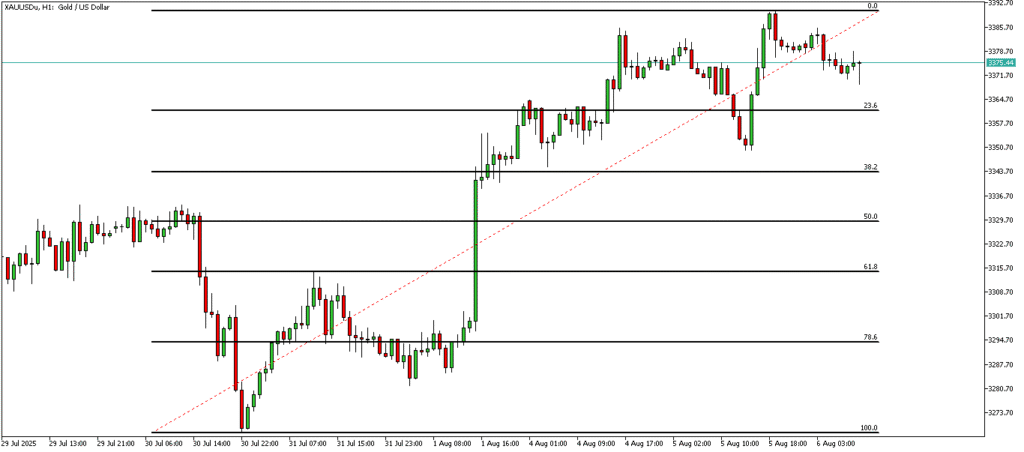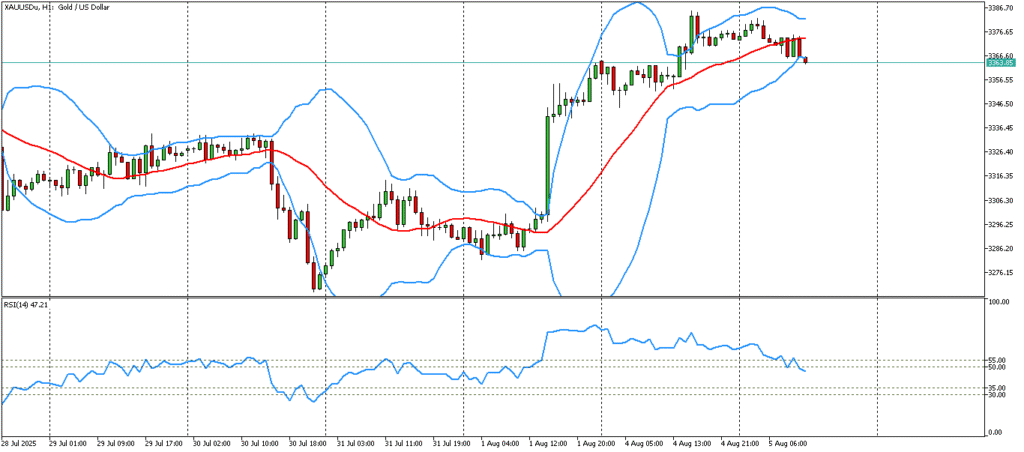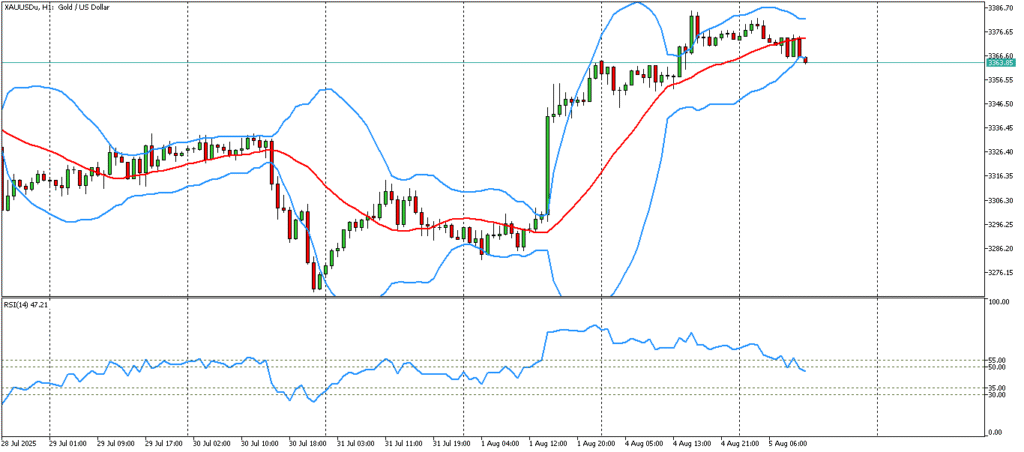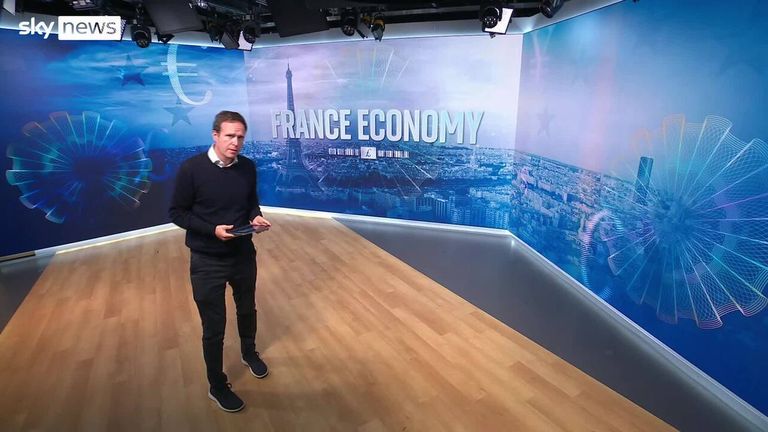 |
| Gold V.1.3.1 signal Telegram Channel (English) |
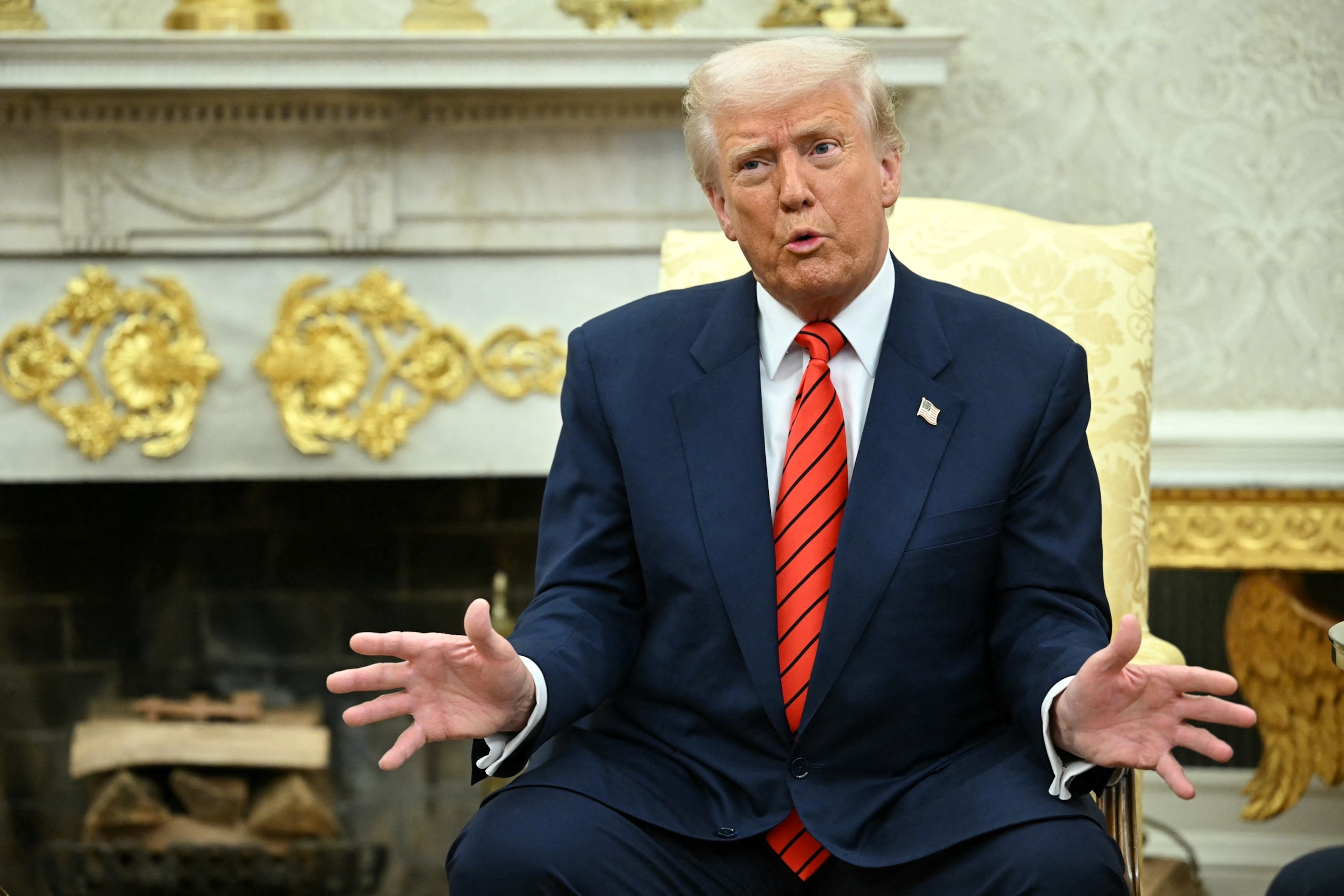
Trump’s 2025 White House Return Sparks Global Market Turmoil: Tariff Policies Hammer Stocks and the Dollar
2025-04-28 @ 04:03
When Donald Trump took office again in January 2025, vowing to launch an “unprecedented economic revolution,” the markets initially met his return with cautious optimism. But within just one hundred days, “Trumponomics” had ignited deep anxieties across the financial world. Stocks tumbled, bonds were dumped, the dollar weakened — capital markets responded in a silent but pointed rejection of what was rapidly unfolding into a high-stakes gamble.
The flashpoint came with tariffs. On April 2, Trump announced sweeping import tariffs: a universal 10% levy on all goods, and punitive tariffs ranging from 11% to 50% against 57 major trading partners. The markets were caught completely off guard. The Dow Jones Industrial Average plunged nearly 4,000 points in two days. The S&P 500 fell 15% in a single week—its worst performance since the 2008 financial crisis.
What surprised investors even more was that traditional safe havens offered no refuge. Yields on 10-year U.S. Treasuries spiked 60 basis points in just three days to 4.6%, and 30-year yields broke above 5%. It was a rare “double rout” of both stocks and bonds, which market veterans described as a full-blown crisis of confidence triggered by clashing, unpredictable policies.
Facing mounting turmoil, the White House announced on April 9 a partial suspension of the new tariff measures—a move that briefly calmed the markets. Boosted by the news, the S&P 500 soared 9.5% in a single day, and the Nasdaq rocketed up more than 12%, marking the biggest one-day gain since 2001. But the rally was fleeting. The next day, stocks gave up much of their gains, underscoring investors’ unease about the policy U-turns and overall unpredictability.
Publicly, the administration insisted the tariffs would eventually bring $5.2 trillion in extra revenue to U.S. coffers—a thinly veiled attempt to cast the turmoil as “pain worth enduring.” But the numbers told a different story. Economic models from the University of Pennsylvania’s Wharton School projected that if tariffs persisted, U.S. GDP would eventually shrink by 6%, wages would fall by 5%, and the average American middle-class household would lose about $22,000 annually. The long-term structural damage was poised to hit everyday Americans where it hurt most: their living standards.
Consumer confidence numbers spoke volumes about the underlying chill sweeping the economy. According to the latest data, the University of Michigan’s Consumer Sentiment Index plunged nearly 30% from the end of the previous year, hitting its lowest level since mid-2022. Meanwhile, more than a quarter of S&P 500 companies slashed their full-year earnings forecasts, reflecting growing pessimism in the corporate sector about the road ahead.
Adding to market jitters was Trump’s unpredictable economic management style. He repeatedly berated the Federal Reserve on social media, demanding aggressive rate cuts. Even rumors surfaced suggesting he was considering replacing Fed Chair Jerome Powell—rumors the White House later denied, but not before sowing serious doubts about the central bank’s independence. As a result, 10-year bond yields remained stubbornly elevated around 4.5%, a clear sign that investors were beginning to fear for the long-term stability of U.S. institutions.
On the international front, cracks in the dollar’s supremacy started to show. Trump’s aggressive tariff stance and economic nationalism led many foreign investors to rethink their exposure to U.S. assets. Since his inauguration, the dollar index had slid nearly 9%, marking the worst start for any president this century. Major European pension funds started trimming their dollar holdings. Central banks in emerging markets quietly diversified their reserves. In China, authorities hit back with retaliatory tariffs, tightened restrictions on rare earth exports, and accelerated the adoption of cross-border yuan payment technologies, with transaction volumes in April surging 47% year-over-year—speeding up the global shift away from the dollar.
Meanwhile, as Trump prepared to travel to Michigan on April 29 for celebrations marking his “first hundred days,” the mood on the ground was grim. Michigan, part of the Rust Belt that helped propel Trump to a 2024 election victory, was now grappling with a 6.8% unemployment rate. Auto plants were shuttering; hopes for a local economic revival were quickly fading. The White House continued to blame the economic pain on “unfair foreign competition,” but an increasing number of voters began asking aloud: Who is actually getting hurt by this trade war?
Historical perspective offered little comfort. Even in early 1941, when the U.S. was bracing for the onset of World War II, the stock market’s first-quarter decline hadn’t exceeded 9%. Trump’s first 100 days, by contrast, saw a 14% plunge in the S&P 500—the worst opening performance in nearly a century. As The Wall Street Journal bluntly observed: “Markets may not be able to dismantle the politics of protectionism, but they can, by vaporizing trillions in market value, deliver a brutal reminder of how economic laws still reign.”
Whether Trump’s “economic revolution” will continue remains to be seen. But one thing is already clear: in the high-stakes gamble of his first hundred days, the financial markets have delivered a resounding vote of no confidence. The road ahead—for both Trump and the American economy—looks rougher than anyone might have imagined.


